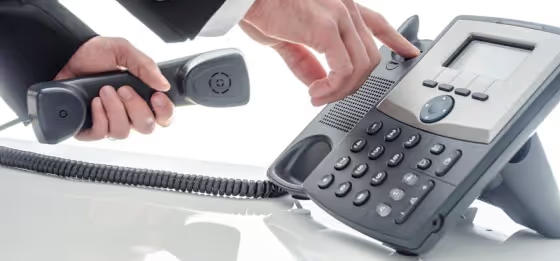
Authenticating Social Media Evidence
Chapter 3: How to Gather Social Media Evidence
Posted by Dawn Lomer on July 25th, 2011
Chapter 1: Accessing Social Media in an Investigation Chapter 2: Tools and Techniques for Gathering and Preserving Social Media Evidence
Chapter 3: Authenticating Social Media Evidence
But accessing and gathering the information in a format that you can present as evidence is only half the battle. You still need to prove that it's authentic, given the possibility of impersonation and digital fabrication in the online world.

FREE Investigation Report Template
Prepare thorough, consistent investigation reports with our free report template.
Download TemplateSince information on social media profiles is not immediately verifiable, printouts are not generally admitted as evidence on their own. The Federal Rules of Evidence dictate that material taken from social media accounts generally requires additional corroboration to link the printouts to the account holder in order to consider the information as evidence. To authenticate a screencast, Wright recommends that you create a script of what you are going to say in the screencast as you capture evidence. The script should include:
- Investigator's identity - who you are, purpose of the screencast
- Date and time of the screencast
- A statement that acts as your signature, authenticating what you see and the statements you have made
Wright also recommends that you then corroborate the date and time of the recording by:
- Emailing the video to several people, including yourself, your boss and the attorney who is advising the investigation.
- Uploading the video to a secure enterprise resource or third party service that shows an audit trail of time and activity. The i-Sight case management system for investigations contains a mechanism for uploading video files in any format, attaching them to the case file with a date and time stamp.
Chapter 4: Social Media Case Examples and Court Decisions

Dawn Lomer
Manager of Communications
Dawn Lomer is the Manager of Communications at i-Sight Software and a Certified Fraud Examiner (CFE). She writes about topics related to workplace investigations, ethics and compliance, data security and e-discovery, and hosts i-Sight webinars.







